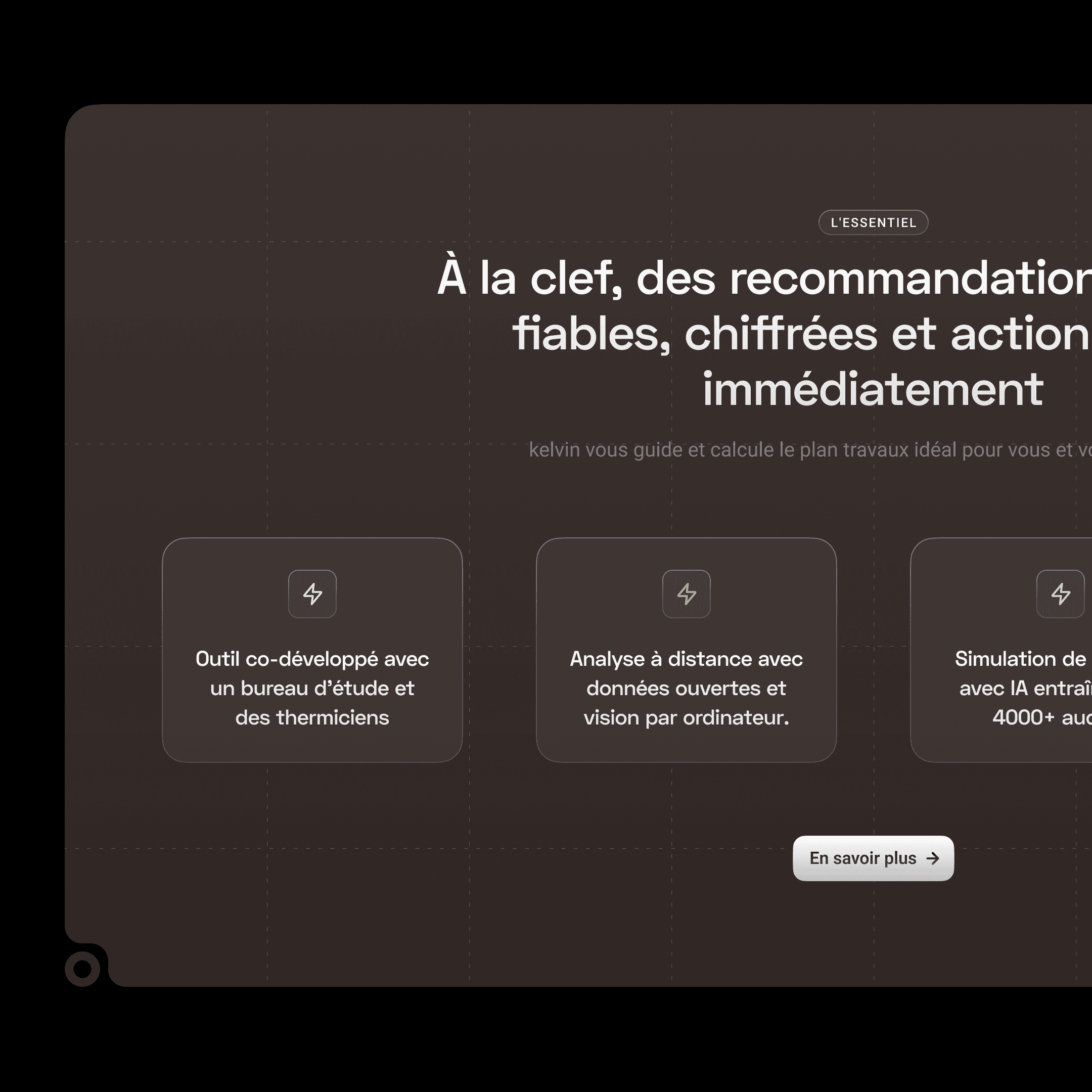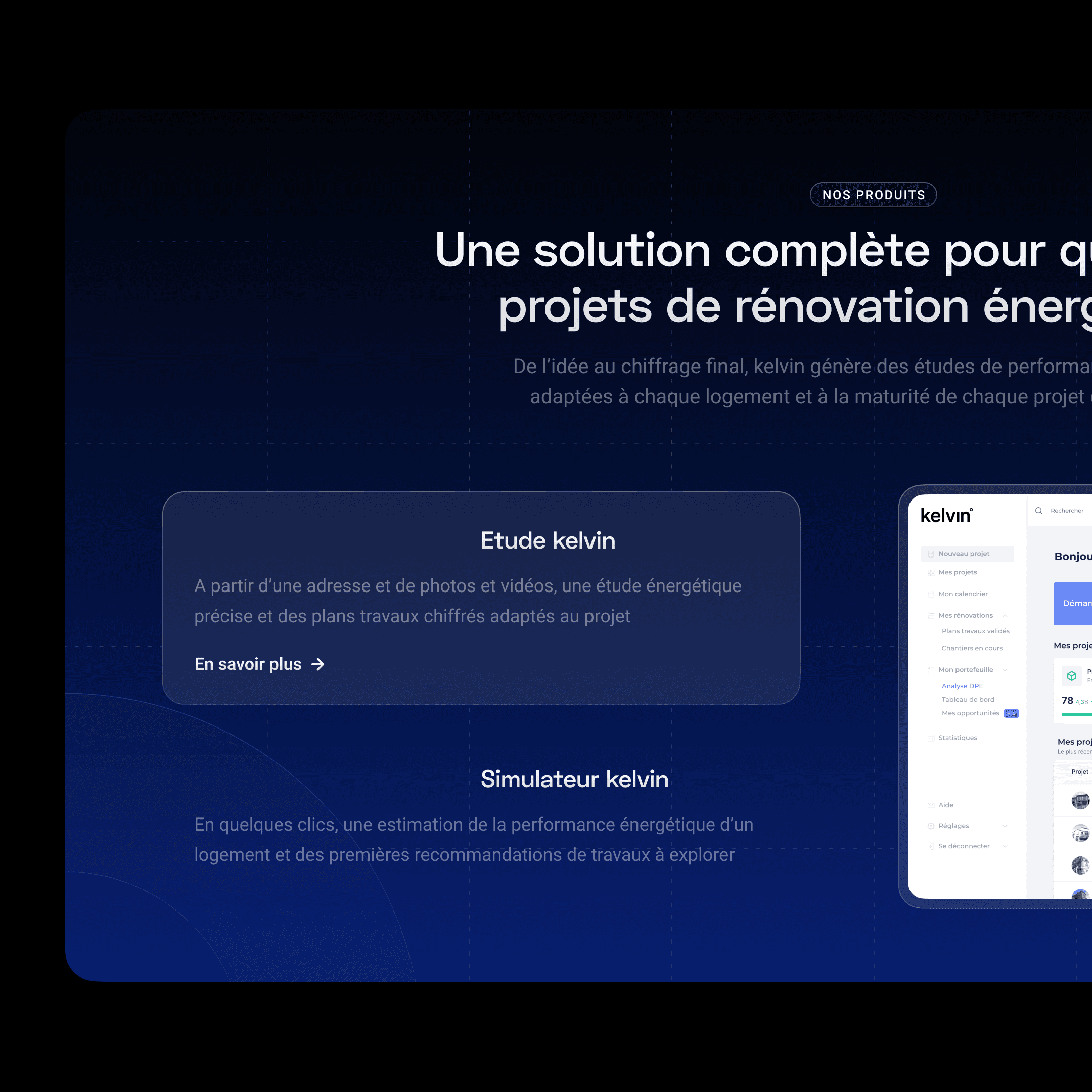The Hidden ROI of Investing in High-End Website Design
A company’s website isn’t just a digital placeholder; it’s a vital tool that impacts customer perception, brand credibility, and revenue. Yet, many companies hesitate when it comes to investing heavily in high-end website design, opting for cheaper, templated options. This approach might save money upfront, but it often results in missed opportunities and lower returns in the long run. High-end website design, when executed with precision, delivers significant ROI that extends beyond surface-level aesthetics. It’s about building a comprehensive digital experience that drives engagement, conversion, and business growth.
1. First Impressions Directly Impact Business Outcomes
When a potential customer visits your website, the initial seconds are critical. Users form an opinion about your site almost instantly, and this judgment heavily influences their perception of your brand. Research indicates that up to 94% of these first impressions are based on design elements alone. If your website looks generic, outdated, or doesn’t match the quality associated with your brand, you risk losing credibility—and conversions.
High-end design doesn’t just look good; it communicates trust and professionalism, setting the tone for every other interaction a user has with your brand. It’s the difference between a user staying on the site to learn more or bouncing within seconds. The investment in design pays off by reducing bounce rates, increasing time spent on-site, and ultimately driving more leads down the funnel.
2. SEO and Technical Performance: A Solid Foundation for Visibility
Design isn’t just about appearance; it’s also about functionality and structure. Search engines, like Google, reward websites that perform well, load quickly, and are optimized for mobile use. High-end websites are built with these factors in mind.
A professionally designed site incorporates clean code, optimized images, and responsive layouts that perform seamlessly across devices. When search engines detect these qualities, they prioritize these sites, boosting their visibility. Increased visibility leads to more organic traffic—one of the most valuable sources of web traffic, as it consistently brings in users with high purchase intent.
A premium site design that integrates SEO best practices can yield significant gains in organic reach, helping businesses capture a steady stream of qualified leads and customers without paying for advertising. In the end, the technical performance of a well-designed site translates directly into profitability.
3. User Experience as a Conversion Multiplier
User experience (UX) is critical in guiding visitors through the site and turning them into customers. High-end website design focuses on creating an intuitive, engaging journey for users. It’s about more than flashy graphics; it’s the strategic placement of elements like call-to-action buttons, interactive features, and streamlined checkout processes that make a difference.
Poor UX can be a conversion killer. For instance, 69% of online shopping carts are abandoned, often because of a complicated or slow checkout process. A premium design team works to minimize these points of friction, ensuring that every click and scroll feels natural and seamless. By optimizing these touchpoints, companies can significantly improve their conversion rates, translating to higher sales and revenue growth.
4. Brand Differentiation: Standing Out in a Competitive Market
When it comes to branding, standing out is non-negotiable. High-end web design is an opportunity to differentiate and convey the unique aspects of your brand in a way that’s hard to replicate. Companies like Tesla, Nike, and Apple have mastered this—visiting their websites isn’t just about accessing information; it’s an immersive brand experience that reflects their identity, values, and vision.
A high-end website gives brands the tools to craft a unique digital identity that resonates with their target audience. Every color choice, animation, and font style becomes a deliberate expression of the brand’s persona. This level of attention not only attracts users but builds a connection with them. When visitors feel emotionally aligned with a brand, they are more likely to become repeat customers and advocates, delivering long-term ROI through increased lifetime value and loyalty.
5. Scalability and Future-Proofing
Cheap, quick-fix websites often come with hidden costs. As a business grows, its needs evolve, whether that’s handling increased traffic, integrating new e-commerce features, or adding additional service lines. Budget sites typically lack the flexibility or infrastructure to adapt, leading to expensive overhauls or redesigns.
High-end websites, by contrast, are built for scalability. Professional designers and developers consider future growth opportunities and build the foundation accordingly, ensuring the site can handle expansion without losing performance or quality. This approach avoids repeated costs and disruptions, making the initial investment a long-term cost saver.
Investing in a site that scales means a business can adapt, add features, and grow its online presence without unnecessary headaches. It’s an investment in the business’s future, ensuring that the digital infrastructure remains an asset as the company evolves.
6. Data-Driven Decisions for Optimized Performance
High-end design isn’t based on assumptions; it’s guided by data. Top-tier design agencies use sophisticated tools like heatmaps, A/B testing, and in-depth analytics to monitor how users interact with the site. These insights allow them to refine design elements for maximum impact continuously.
For example, changing the color of a button or tweaking the position of a CTA can have a measurable effect on user behavior. High-end design teams test these elements rigorously to ensure that every aspect of the site is optimized for conversion. This data-driven approach ensures that the website is not just aesthetically pleasing but performs at the highest level.
By investing in a high-end, data-informed design, businesses can continuously refine their site to improve user engagement, increase conversions, and maximize revenue—yielding clear, quantifiable returns.
7. Integrations and Automation for Efficiency
A company’s website is rarely a standalone entity. It often needs to integrate seamlessly with customer relationship management (CRM) tools, marketing automation platforms, and other software systems to function as an effective business tool. High-end websites are designed with these integrations in mind, ensuring that data flows smoothly and systems work together without friction.
Integrating the website with platforms like HubSpot, Salesforce, or Mailchimp enables companies to automate workflows, such as lead nurturing campaigns or customer support responses. This reduces the need for manual input, saving time and minimizing errors. Similarly, advanced e-commerce integrations automate inventory management, order processing, and customer communication, enhancing operational efficiency.
Increased efficiency means reduced operational costs and a faster, more responsive service for customers, leading to higher satisfaction and retention. The ROI from these efficiency gains can be substantial, as companies benefit from streamlined processes that allow their teams to focus on growth rather than administrative tasks.
8. Security and Compliance: Risk Mitigation and Trust Building
Security breaches and compliance issues are expensive—both financially and in terms of brand reputation. A high-end website design investment includes measures that protect businesses from these risks. Experienced web design teams implement security features such as SSL certificates, secure coding practices, and multi-factor authentication to safeguard customer data.
Moreover, premium websites are built to comply with regulations like GDPR, ensuring that companies avoid hefty fines and legal issues. This is crucial for companies operating in regions with stringent privacy laws or handling sensitive customer information.
The ROI here isn’t just about avoiding fines or lawsuits; it’s about building trust. A secure, compliant website gives customers confidence, which translates to increased conversions and customer loyalty. Investing in security and compliance ensures that the business not only meets regulatory standards but also builds a credible, trusted brand.
9. Competitive Advantage: Investing in a Unique Digital Asset
High-end websites don’t just look better; they perform better. When competitors are still using template-based or generic designs, a custom, premium site gives a business a clear edge. It shows customers, investors, and partners that the company values quality and professionalism.
For startups and tech companies, this perception is critical. A high-end website can be the deciding factor for potential clients or investors, indicating that the business is serious and ready to scale. The competitive advantage is difficult to replicate—custom sites are tailored to the brand’s identity, making it hard for competitors to imitate the digital experience.
This advantage leads to tangible benefits, such as attracting high-quality leads, securing investment, and building strategic partnerships. The ROI of investing in a high-end website isn’t just immediate; it’s a long-term competitive positioning that pays dividends over time.
10. The Long-Term Compounding ROI of a High-Quality Website
A high-end website is a long-term asset, not a short-term expense. Over time, the benefits compound as organic traffic grows, SEO rankings improve, and the user base expands. Unlike advertising campaigns or marketing initiatives with short lifespans, a premium website delivers consistent, ongoing value.
When built and maintained properly, a high-quality website continues to drive traffic, generate leads, and close sales for years. Businesses that invest in high-end design reap the benefits of a site that not only attracts but also retains and converts customers efficiently.
Conclusion
Investing in a high-end website design is about more than aesthetics; it’s a strategic move that delivers a measurable and sustained ROI. From improved first impressions and increased conversions to better SEO performance and future-proof scalability, the benefits extend beyond the surface. Companies that recognize the value of premium design and make the investment set themselves up for long-term success, building a digital presence that drives growth, boosts profitability, and stands out in a crowded market.




